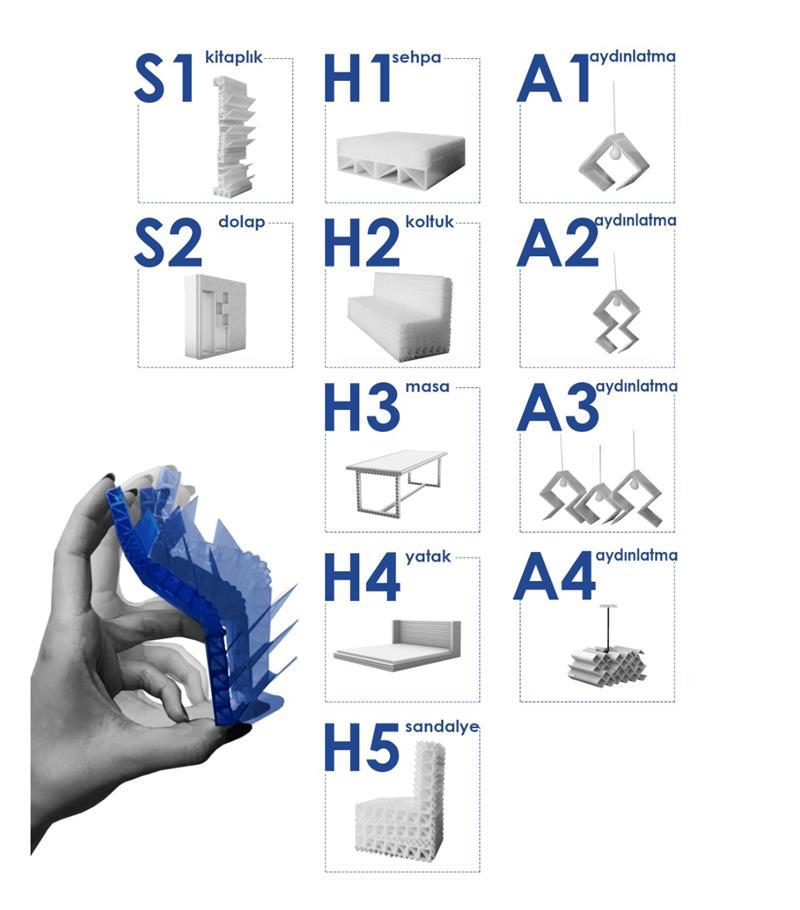Safe living spaces are built not only with strong structures but also with rational interior design. With this perspective, in a research project carried out under the umbrella of Istanbul Technical University and supported by the TÜBİTAK 1001 Scientific and Technological Research Projects Support Program, Uğur Efe Uçar, a student and research assistant in the Informatics in Architectural Design Doctorate Program, became a part of a scientific process that focuses on life safety-oriented design. In the study, which aims to reduce the effects of devastating disasters such as earthquakes in residential interiors, Uçar experienced an interdisciplinary research practice by taking an active role in both data analysis and design modeling processes. Uçar, who brought the methodological knowledge gained from his doctoral education at ITU to the project, contributed to the creation of the design guide and the development of solutions based on multi-target optimization.
"Thanks to the graduate education I received at ITU, I had the opportunity to develop methodology, analyze data and reflect my interdisciplinary perspective on the project. My academic writing practice has improved, my researcher identity has been strengthened," says Uçar.
The project progressed in three main stages under the leadership of Prof. Dr. Seniye Banu Garik. First, a set of risk and strategy-based criteria for residential interior components was created by analyzing the data in the literature. In the second stage, this data was transformed into a design guide supported by visual scenarios. In the last stage, space solutions with reduced earthquake risk were developed with the Non-Dominant Multi-Target Genetic Algorithm method and a special furniture family was designed in line with these solutions.

The outputs obtained have a strong potential not only in terms of academic but also in terms of social impact. Published in Turkish and English by ITU Press, the "Design Guide to Reducing Residential Earthquake Risks" is an accessible and applicable resource for both professional designers and residential users. In addition, the fact that the developed model is adaptable to multi-user building types such as schools and hospitals increases the widespread impact capacity of the study.


This study, to which Uğur Efe Uçar contributed, aims to increase scientific and social awareness by addressing earthquake safety not only through carrier systems but also through interior design. This approach, which establishes strong links between design, engineering and user safety, reveals that it is possible and necessary to create safe living spaces indoors.
